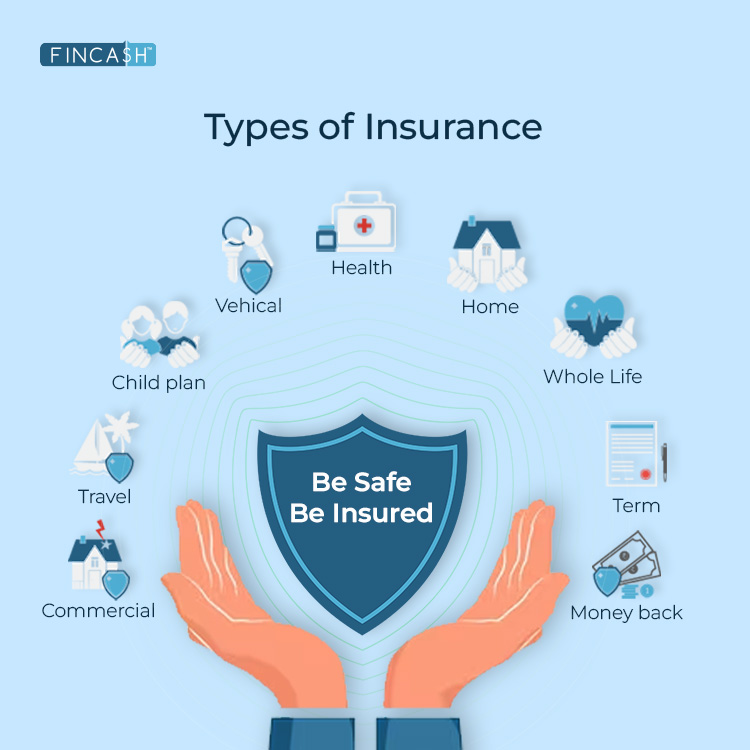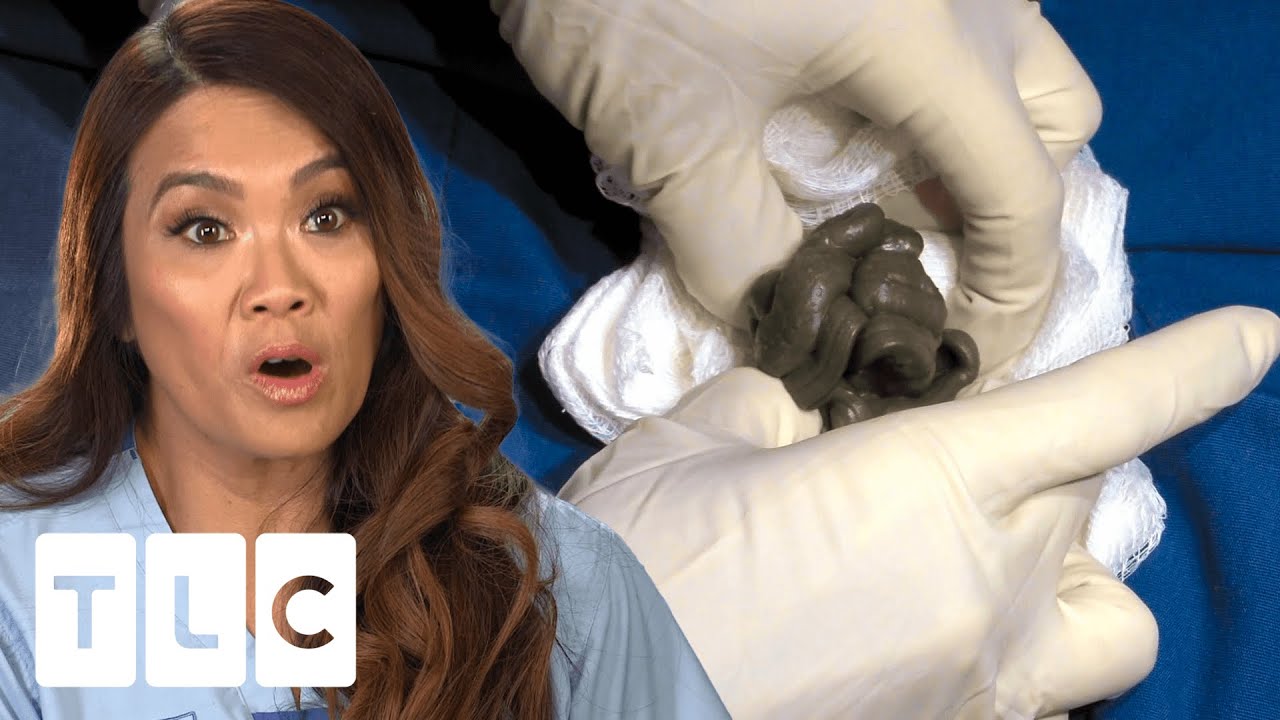Pets are more than just animals – they’re family. From wagging tails to purring cuddles, they offer endless love and companionship. However, as much as we want to provide the best for our pets, unexpected accidents or illnesses can happen, leading to hefty veterinary bills. This is where pet insurance comes in.
If you’re considering getting pet insurance, or are just curious about it, here’s a comprehensive guide to help you understand the ins and outs of insuring your furry, scaly, or feathered friends.
What Is Pet Insurance?
Pet insurance is a policy that helps cover the cost of your pet’s medical expenses. Similar to human health insurance, pet insurance can help pay for unexpected vet visits, surgeries, medications, and even routine care in some cases. Pet insurance plans are typically available for dogs, cats, birds, and other animals, depending on the provider.
Why Do You Need Pet Insurance?
- Unexpected Veterinary Costs: Veterinary bills can quickly add up, especially if your pet suffers from an emergency or serious illness. Pet insurance can alleviate the financial burden, allowing you to focus on your pet’s recovery rather than worrying about the cost.
- Peace of Mind: Knowing that you’re covered can give you peace of mind. You won’t have to choose between your pet’s health and your bank account. With pet insurance, you can make the best decision for your pet without the worry of financial strain.
- Preventive Care: Many pet insurance plans now include coverage for routine check-ups, vaccinations, flea treatments, and other preventive care. This can help keep your pet healthy and avoid costly illnesses in the future.
- Rising Vet Costs: The cost of veterinary services has been steadily increasing over the years. From advanced diagnostic tests to emergency surgeries, some pet treatments can be expensive. Pet insurance helps offset these rising costs, making veterinary care more affordable.
Types of Pet Insurance
Not all pet insurance plans are created equal. There are several types of coverage options to choose from, depending on your pet’s needs and your budget.
- Accident-Only Coverage: This is the most basic form of pet insurance. It covers injuries caused by accidents, such as broken bones, cuts, or swallowed objects. It’s generally the most affordable option.
- Accident and Illness Coverage: This more comprehensive option covers both accidents and illnesses, such as cancer, allergies, and infections. It’s a great option if you want broader protection for your pet.
- Comprehensive Coverage: This plan provides coverage for accidents, illnesses, and often routine care, such as vaccinations and wellness exams. It’s the most complete coverage available but may come with a higher premium.
- Wellness Plans: These are add-on plans that cover routine and preventive care, like vaccinations, flea/tick prevention, and dental cleanings. While not a standalone insurance policy, a wellness plan can complement an existing insurance policy.
What’s Covered by Pet Insurance?
Each pet insurance policy is different, but generally, coverage includes:
- Accidents: Broken bones, sprains, or wounds from accidents.
- Illnesses: Conditions like cancer, diabetes, infections, or heart disease.
- Surgeries: Medical procedures like spaying/neutering, tumor removal, or orthopedic surgery.
- Medications: Prescriptions for treatment of illnesses, injuries, or chronic conditions.
- Diagnostic Tests: X-rays, blood tests, MRIs, and ultrasounds to help diagnose conditions.
- Emergency Care: Coverage for emergency vet visits, including after-hours care.
- Chronic Conditions: Some policies cover ongoing care for chronic conditions like arthritis or diabetes.
What’s Not Covered by Pet Insurance?
It’s important to understand that pet insurance doesn’t cover everything. Some exclusions may include:
- Pre-Existing Conditions: Any medical conditions that your pet had before getting insured are typically not covered.
- Cosmetic Procedures: Non-essential treatments like grooming, nail trimming, or tail docking are generally not covered.
- Breeding or Pregnancy-Related Issues: Most pet insurance plans do not cover breeding or pregnancy-related complications.
- Routine and Preventive Care (unless included in a wellness plan): While some policies include preventive care, others may exclude it. Always check the specifics of your plan.
How Much Does Pet Insurance Cost?
The cost of pet insurance depends on several factors:
- Pet’s Age: Older pets typically have higher premiums due to the increased likelihood of health issues.
- Breed: Certain breeds are more prone to specific health conditions, which may increase the cost of insurance.
- Coverage Level: The more comprehensive the coverage, the higher the premium.
- Location: Veterinary costs vary depending on where you live, so premiums may differ based on your location.
- Deductible and Reimbursement Rates: Higher deductibles often result in lower monthly premiums, but you’ll pay more out-of-pocket when you file a claim.
On average, dog insurance can range from $30 to $70 per month, while cat insurance may cost between $15 and $40 per month. However, prices can vary significantly based on the factors mentioned above.
How to Choose the Right Pet Insurance
With so many options available, choosing the best pet insurance policy can be overwhelming. Here are a few tips to help you make an informed decision:
- Assess Your Pet’s Health: If your pet is young and healthy, a basic accident-only policy may be enough. Older pets or those with a history of health issues may benefit from more comprehensive coverage.
- Compare Providers: Shop around and compare different pet insurance companies. Look at coverage options, exclusions, premiums, and customer reviews.
- Check the Fine Print: Understand the terms and conditions of the policy. Pay close attention to any exclusions, waiting periods, and coverage limits.
- Consider Your Budget: Choose a plan that fits your financial situation. While you want to ensure your pet’s well-being, you also need a plan that’s affordable for you in the long run.
Conclusion
Pet insurance can provide valuable peace of mind and financial protection for pet owners. While it’s an added expense, the potential cost savings in the event of an unexpected health issue can far outweigh the cost of premiums. By choosing the right policy, you can ensure your pet gets the care they deserve, without the added stress of high vet bills.
Remember, no one can predict when an emergency or illness will strike, but with pet insurance, you’ll be better prepared for whatever life throws your pet’s way. If you haven’t already, consider exploring your options today, and give your furry friend the protection they deserve!
Feel free to share your experiences with pet insurance in the comments! What’s been your biggest challenge or success with insuring your pet?

